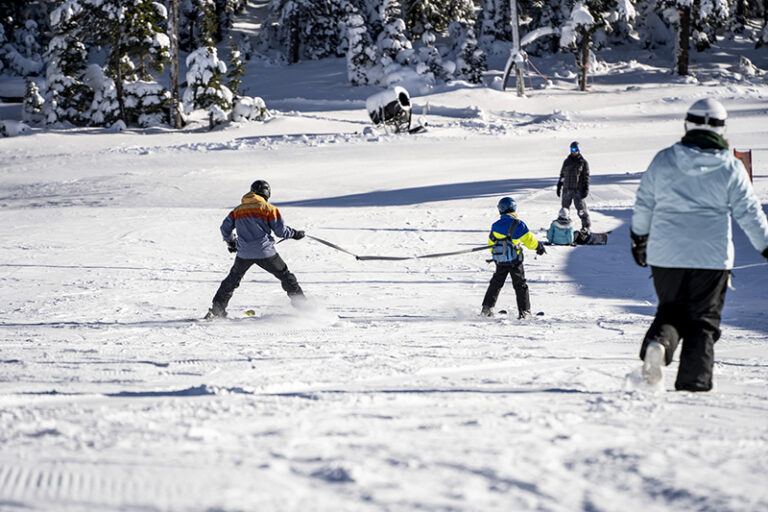For many kids who run, Bloomsday suffices. At nearly 7.5 miles, it’s long enough to require training if they want to take the race seriously, but short enough that many of them can show up on race day and just pound out (or run-walk) the distance. Far fewer kids are interested in racing longer distances, but my 11 year old nephew, Kole, caught the long-distance bug early.
Kole and I started running Bloomsday together in 2015. After finishing Bloomsday 2016 with a six-minute PR, Kole asked, “Can we train for a fall race? A longer one this time?” We chose the Trail Maniacs Riverside State Park Half Marathon. Before registering, I spoke with race director Dave Dutro about the suitability of the course for younger legs. “The RSP Half will be great for Kole,” Dutro said. “It’s less hilly than some of our other races and quite kid-friendly.”
Our training plan included three runs per week. Since Kole and I live on opposite sides of the city, we only ran the long runs together, while he ran the short runs on the treadmill or with another adult. During our runs, we’d practice nutrition and hydration by slowing our pace at each mile mark and taking in some food or water. We’d talk about pacing, stretching, and rest. We’d talk about the mammals and birds and bugs we spied (or hoped to) as we ran past their habitats. After our midsummer runs, we’d reward ourselves by sprinting straight into the lake without even changing out of our sweaty clothes. The progression from summer to fall stimulated all five senses in a new way each week.
Race day morning was 50 degrees and damp – perfect running weather. We intentionally started at the back of the crowd, knowing that that placement would make it easier to avoid going out too fast. I soon realized that during our training runs, we’d neglected to discuss trail etiquette, so after awkwardly passing a couple of patient fellow runners, we talked about giving people their space on the trail. Kole put this new knowledge to work right away on one of the rocky inclines that he bounded up like a billy goat, while we adults wheezed our way up behind him.
When we ran single file, I watched the mud accumulate on the back of Kole’s legs as he picked nimbly over rock gardens and around mud puddles. We discovered that when the race director had claimed that this race wasn’t particularly hilly, he must have forgotten about the four significant inclines and more than 1,300 feet of elevation gain. None of that climbing fazed Kole, however. The only times he slowed to a walk were during our planned water breaks (a couple of which he ran right through).
The race started and finished at the suspension bridge at Bowl and Pitcher, traveling in a counter-clockwise loop. As the bridge came into view in the final mile, Kole surged with reserved energy, but I felt a twinge of wistfulness. We’d run alongside each other for 17 hours throughout the summer and fall, and my heart was now doing double duty, trying to keep up with Kole in these last yards while struggling to keep my emotions from destroying my cool aunt reputation. When we crossed the finish line at mile 13.78 (trail races are rarely a round number), our family was there to cheer for Kole’s incredible accomplishment. For this first half marathon, he’d made it his goal to finish with a smile. I’d made it my secret goal to finish without a tear. Kole succeeded.
Kole’s Training Tips for Kids
- Road running is easier than trail running because it’s paved all the way. With trail running, the elevation changes a lot, and there are big rocks and hills.
- Start with small distances and then work your way up to longer distances. If you push your body too much, it will be out of service for a while. And then when you start running again, you’ll feel sore and like you’re limping.
- Run with a buddy, especially for the long distances.
- During the first couple miles, you’re sweating a lot, and you feel like you’re already tired, but you’re actually not. Your body can handle more. //













